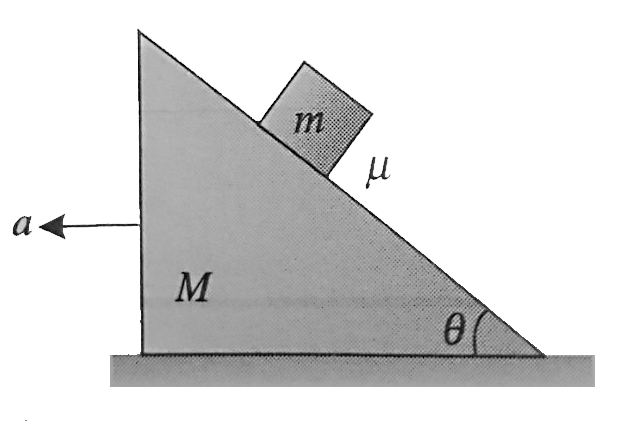A body of mass m strikes another body at rest of mass mg. Assuming the impact to be inelastic the fraction of the initial kinetic energy transformed into heat during the contact is
0.1
0.2
0.5
0.64
The correct Answer is:A
Similar Questions
A body of mass m moving with velocity V in the X-direction collides with another body of mass M moving in Y-direction with velocity v. They coalesce into one body during collision. Calculate :
(i) the direction and magnitude of the momentum of the final body.
(ii) the fraction of initial kinetic energy transformed into heat during the collision in terms of the two masses.
View SolutionA body of mass M at rest is struck by a moving body of mass. Prove that the fraction of the initial kinetic energy of mass transferred to the struck body is 4Mm(m+M)2
View Solution
Knowledge Check
A body of mass 1.0 kg strikes elastically with another body at rest and continues to move in the same direction with one-fourth of its initial velocity. The mass of the other body is
A0.6 kgB2.4 kgC3.0 kgD4.0 kgA body of mass 20gm is moving with a certain velocity. It collides with another body of mass 80gm at rest. The collision is perfectly inelastic. The ratio of the kinetic energies before and after collision of the system is
A2:1B4:1C5:1D3:2After falling from rest through a height h, a body of mass m begins to raise a body of mass M(M>m) connected to it through a pulley.
Find the fraction of kinetic energy lost when the body of mass M is jerked into motionAMM+mBMM−mC2MM+mDM2(M+m)
A moving body of mass m makes a head on elastic collision with another body of mass 2m which is initially at rest. Find the fraction of kinetic energy lost by the colliding particles after collision.
View SolutionA moving body of mass m makes a head on elastic collision with another body of mass 2m which is initially at rest. Find the fraction of kinetic energy lost by the colliding particles after collision.
View Solution
A block of mass m is at rest relative to the stationary wedge of mass M. The coefficient of friction between block and wedge is μ. The wedge is now pulled horizontally with acceleration a as shown in figure. Then the minimum magnitude of a for the friction between block and wedge to be zero is:
View SolutionA body of mass 10 kg is moving with a velocity of 20 m s−1 . If the mass of the body is doubled and its velocity is halved, find : (i) the initial kinetic energy, and (ii) the final kinetic energy
View SolutionAfter falling from rest through a height h, a body of mass m begins to raise a body of mass M(M>m) connected to it through a pulley.
Find the fraction of kinetic energy lost when the body of mass M is jerked into motion
View Solution
